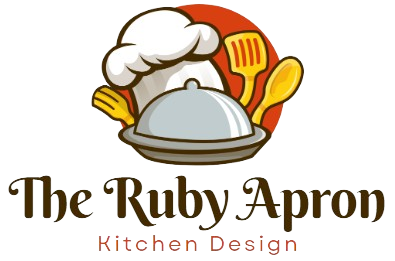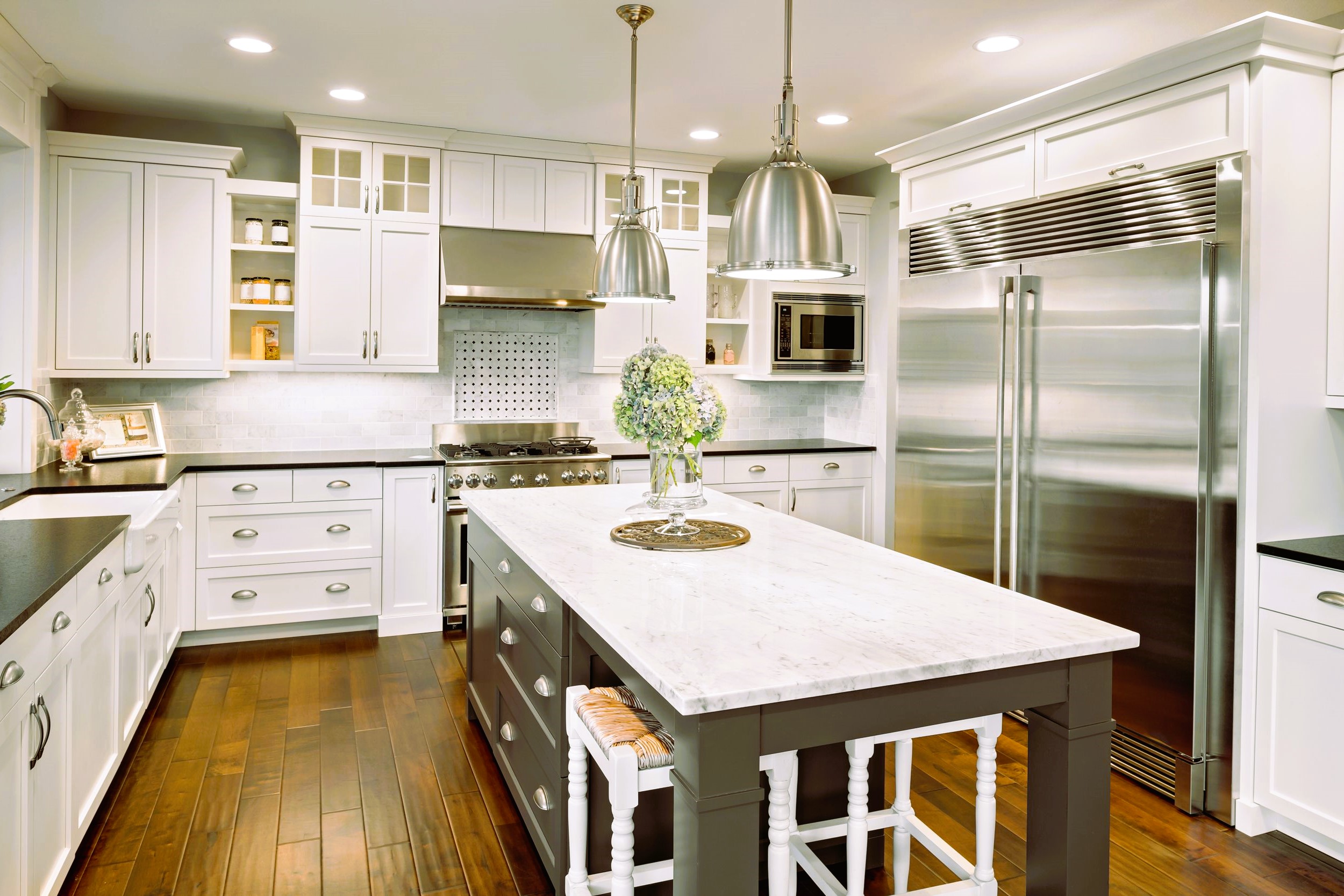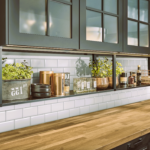The Working Triangle vs. Functionality: How to Choose Your Kitchen Layout
Designing a kitchen involves navigating a myriad of choices, and one of the fundamental decisions is selecting the right layout. Two prominent concepts often discussed in kitchen design are the “working triangle” and overall functionality. In this exploration, we’ll delve into the significance of the working triangle, analyze its role in kitchen design, and consider the broader aspect of functionality to guide you in making an informed choice for your culinary haven.
Understanding the Working Triangle:
The working triangle is a design principle that emerged in the early 20th century as a response to the changing dynamics of kitchens. It focuses on optimizing the three main work areas in the kitchen—the stove, sink, and refrigerator. The idea is to create an efficient and ergonomic layout, ensuring that these three key elements are close enough to facilitate a smooth workflow but not so close that they impede each other.
Traditionally, the sum of the distances between these three work areas forms a triangle, hence the term “working triangle.” The goal is to minimize unnecessary movement and create a logical flow between the primary functions of cooking, cleaning, and food storage.
Advantages of the Working Triangle:
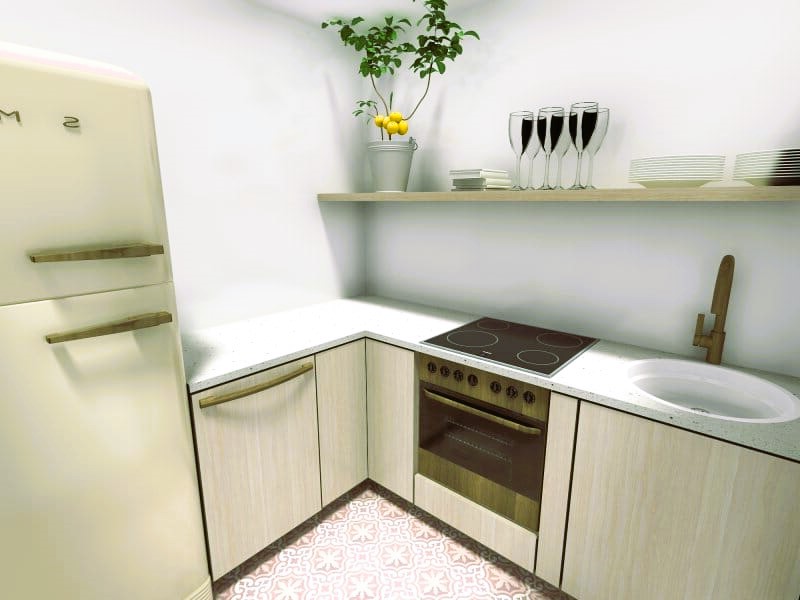
- Efficient Workflow: By organizing the kitchen around the working triangle, you reduce the time and effort required to move between essential tasks, enhancing overall efficiency.
- Optimized Space: The working triangle ensures that no single work area is too far from the others, preventing inefficiencies and creating a compact, functional space.
- Ergonomic Design: A well-planned working triangle contributes to an ergonomic kitchen layout, minimizing strain on the cook and enhancing comfort during daily tasks. 10 best kitchen appliances that you must have in 2024, read more at the link.
Evaluating Functionality Beyond the Triangle:
While the working triangle remains a valuable guideline, modern kitchen design extends beyond this concept to encompass a broader understanding of functionality. Here are key considerations:
- Task-Specific Zones: Instead of rigidly adhering to the working triangle, consider organizing your kitchen into task-specific zones. Designate areas for prep work, cooking, cleanup, and storage, ensuring that each zone is equipped with the necessary tools and storage.
- Appliance Placement: Beyond the working triangle, the placement of appliances plays a crucial role in functionality. Strategically position ovens, microwaves, and dishwashers to create efficient work zones.
- Ample Counter Space: Functionality is closely tied to available counter space. Ensure sufficient countertop area near each task zone for chopping, mixing, and assembling ingredients.
- Storage Solutions: A well-designed kitchen maximizes storage space. Incorporate cabinets, drawers, and pantry systems to accommodate cookware, utensils, and pantry items, minimizing clutter and facilitating organization.
- Consider Workflow Patterns: Analyze your individual cooking habits and workflow patterns. If you frequently entertain guests, a kitchen with an open layout may be more suitable, promoting social interaction.
How to Choose the Right Layout:
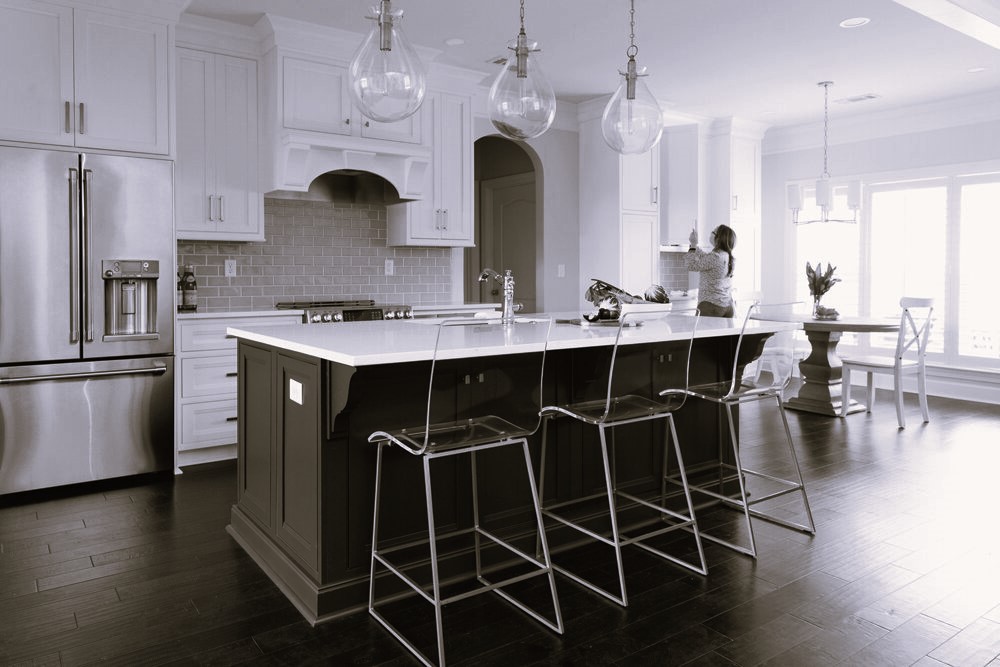
- Assess Your Cooking Style: Consider how you use your kitchen on a daily basis. If you enjoy elaborate cooking sessions, an efficient working triangle might be crucial. For more casual cooks, a flexible layout with task-specific zones may be preferable.
- Evaluate Available Space: The size and shape of your kitchen significantly impact the layout. In smaller kitchens, optimizing space with a well-planned working triangle may be more critical, while larger kitchens offer more flexibility in design.
- Prioritize Functionality: While the working triangle is a valuable concept, prioritize overall functionality. Ensure that your chosen layout aligns with your cooking habits, lifestyle, and the unique needs of your household.
- Incorporate Modern Trends: Explore contemporary kitchen design trends, such as open shelving, multifunctional islands, and smart storage solutions. These elements can enhance both the working triangle and overall functionality.
- Seek Professional Advice: Consult with a kitchen designer or architect for personalized guidance. Professionals can offer insights into optimizing your kitchen layout based on the available space and your specific requirements.
Conclusion: Balancing Tradition and Innovation
In the realm of kitchen design, the working triangle remains a timeless concept that has guided countless successful layouts. However, as the way we use our kitchens evolves, so too must our approach to design. Balancing the principles of the working triangle with a broader consideration of functionality allows for a modern and personalized kitchen that meets the diverse needs of contemporary living.
For more information on kitchen design standards and guidelines, you can explore resources on Wikipedia. These platforms offer valuable insights into industry standards, ensuring your kitchen design aligns with the highest benchmarks of quality and functionality. Whether you choose to embrace the working triangle or explore innovative layouts, the goal is to create a kitchen that seamlessly combines efficiency, comfort, and style.
